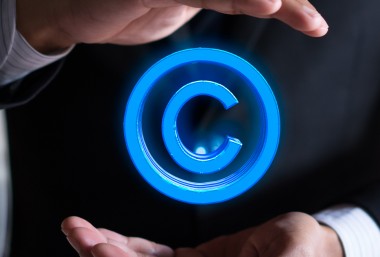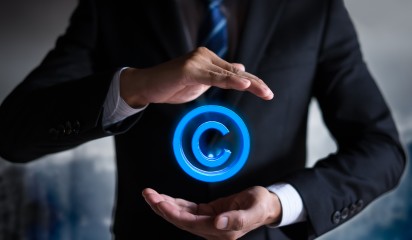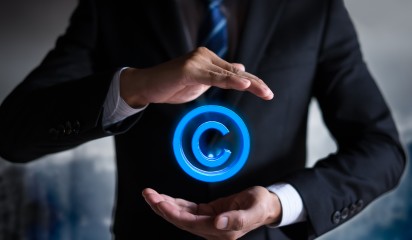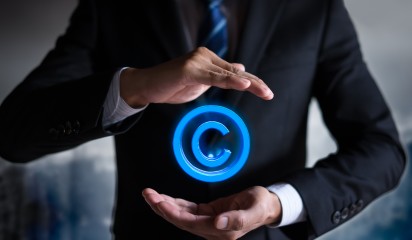Introduction
The New Zealand Copyright Act 1994 (the Act) is now under review. The review has got underway in earnest with the November release of a 126-page Issues Paper by the Ministry of Business, Innovation & Employment (MBIE). This review is supposedly of the whole of the 1994 Act and not just of selected parts or to solely take into account technological advances since the Act was amended in 2008, although internet issues are pre-eminent.
MBIE identifies a large number of potential issues upon which it seeks submissions from interested parties. Some of these issues have emerged from complaints it has received over the years. Not surprisingly, many of these conflict with each other. For example, some complainants allege that the Act over-protects creative works while others have complained about under-protection. MBIE appreciates that the Act, as it stands, may adequately address some issues it has identified and is happy to receive submissions arguing for no change.
Adherence to international copyright treaties
Over the years, New Zealand has not been good at amending its copyright legislation to ratify international copyright treaties or conventions. However, as is noted in the Issues Paper, under the Comprehensive and Progressive Agreement for Trans-Pacific Partnership (CPTPP), New Zealand is obliged to make amendments to incorporate many of the provisions in the IP Chapter of the TPP – ironically drafted by the US[1]. Some of these require implementation of terms of the 1996 WIPO Performers and Phonograms Treaty (WPPT) which addressed internet issues, particularly for performers who had previously been side-lined. These amendments will anticipate some likely submissions, but there are other provisions of the WPPT which will need to be addressed in the review.
Potential issues of interest
Fair use and exceptions to copyright infringement
Currently, the Act ensures certain listed non-commercial activities are not infringements of copyright, including those categorised as ‘fair dealing’. The Act also makes specific exceptions for the education industry and libraries. This is the traditional British approach.
The US approach on the other hand is a broad ‘fair use’ defence to claims of infringement where the courts have greater flexibility in assessing whether the use of a copyright work is a fair use which can be excused, even when it is a commercial use.
Should a fair use defence be adopted in place of fair dealing? Social media advocates favour this. However, fair use is somewhat subjective and reduces the certainty of legal opinions on what is infringement and what is not.
As to the adequacy of the existing statutory exceptions to infringement, it is time to look at whether the reproduction of parts of a work for the purposes of satire should be excepted. Also, should exceptions for public playing of works and format-shifting be more extensive? On the other hand, is the current exception for reproducing artistic works on public display, such as sculptures, unnecessarily broad. An example being applying an image of a sculpture to t-shirts without obtaining a licence from the sculptor and paying royalties.
Internet-related issues
-
If a website includes a link to infringing content stored on another website, does that constitute copyright infringement? It can be in the EU.
-
Since 2008, copyright owners have had the exclusive right to communicate their work to the public, whether by broadcasting or over the internet. MBIE puts aside downloading and focuses on streaming—suggesting that broadcasting and streaming are very different technologies and questioning whether they should be treated the same. The formulation of the right to communicate came from the WIPO Copyright Treaty (the sole purpose of which was to adapt copyright to the internet) and, in any event, the particular transmission technology is irrelevant from a creator’s point of view.
-
New Zealand is the only country that has ‘communication works’ specified as a work in which copyright subsists. This makes broadcasts and internet streams to the public copyright works in themselves, in addition to any copyright attaching to the content being communicated. Thus, retransmission may constitute infringement. This was the most far-sighted of all the 2008 amendments to the Act. MBIE believes it is problematic because it is hard to know who might constitute the ‘public’. Strangely, MBIE did not see this as a problem with the communication right mentioned above.
-
User-generated content on social media platforms, even if it is supposedly merely ‘inspired’ by existing content, can amount to copyright infringement if it reproduces a substantial part of that content. Should this be the case or should there be exceptions?
-
Currently, section 43A of the Act provides an exemption from infringement for transient reproduction of a work if it is an integral part of the technological process for communicating the work. This has application to the streaming of content, but has been interpreted differently by New Zealand and British courts. Clarification seems called for even if all that is done is inserting a definition of ‘transient’.
Software-related issues
-
The Act does not allow for a copyright owner to renounce their copyright. Some software developers (and users) have wished for this instead of retaining copyright and adopting a licensing scheme of the open source or creative commons types. Should renunciation of copyright be provided for?
-
The Act currently already provides specific exceptions to infringement for computer programs such as:
-
decompilation of a program in order to write an interoperable program
-
copying or adapting a program to allow for continued use and for correcting errors
-
studying the functioning of the program to determine the ideas that underlie it while loading, displaying, running, transmitting, or storing the program.
These were radical enough when introduced in the 2008 amendments, but MBIE is asking if there should be further exceptions to program infringement.
Enforcement of copyright
-
MBIE notes that in some cases it has been difficult for a plaintiff to prove ownership of copyright because of the lack of a copyright register. It asks whether a voluntary register be made available, as in Canada. It is questionable whether there have been enough or any real injustices in past copyright cases to justify the costs of running such a register of ownership.
-
Legal action for copyright infringement can only be taken by copyright owners or their exclusive licensees. Should non-exclusive licensees be able to sue?
-
Should the Act provide a remedy for groundless threats of copyright infringement, namely allowing the recipient of such threats to take legal action against the issuer and providing penalties such as injunctions and damages?
Relationship between copyright and registered design protection
The old question of whether the overlap between copyright protection for product design and protection by the Designs Act has been raised yet again. Is there a problem? Should New Zealand have an Australian-style demarcation between the two forms of design protection? The fear of New Zealand protection providing greater protection for foreign designers compared to what New Zealand designers may receive in some other countries emerges. Of course, New Zealand designers are accorded unregistered design rights in European Union countries, and the Berne Convention has allowed for copyright protection of ‘applied art’ when desired by signatory countries. Italy was renowned for this form of protection.
Due date for submissions to be made
Submissions on the Issues Paper can be made to MBIE until 5.00pm on 5 April 2019. An online portal can be used for this. Submissions will be published, although confidentiality can be claimed for some content.
Please contact us if you would like advice about any aspects of copyright law or would like assistance with preparing a submission.
[1] Some of the copyright provisions in the CPTPP Act come into force on 30 December 2018 – see our article.






